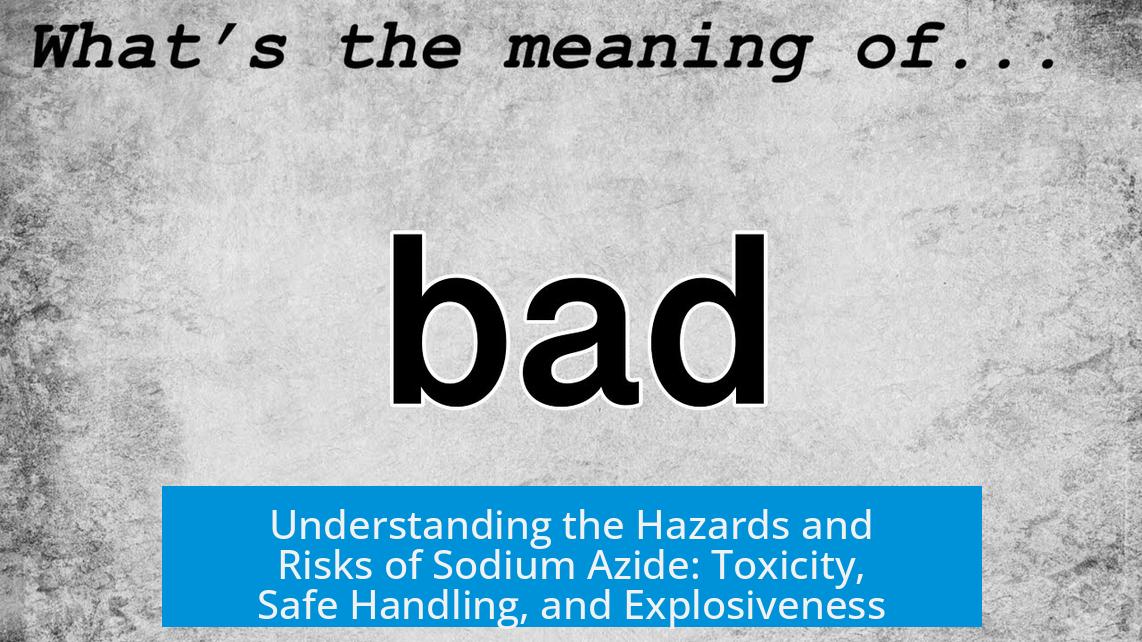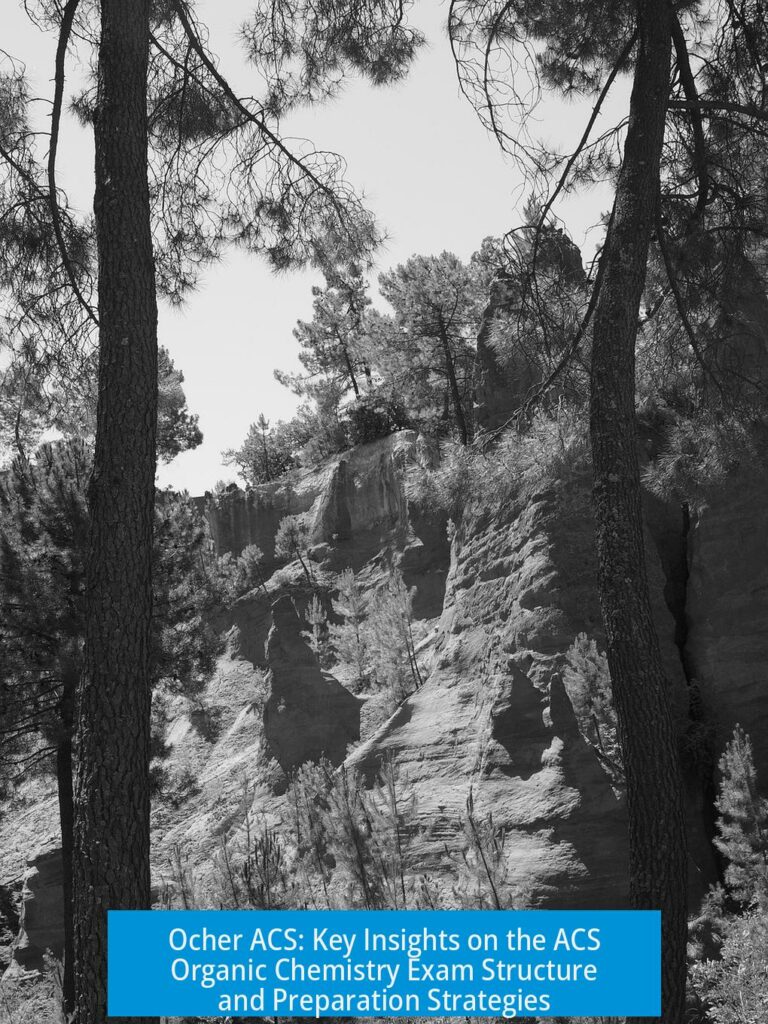How Bad Is Sodium Azide?
Sodium azide is extremely hazardous due to its high toxicity and explosive potential. It has a very low lethal dose, can be absorbed through skin, reacts dangerously with acids and metals, and forms sensitive explosive compounds. Handling requires strict safety procedures including full protective equipment and fume hood use. Disposal demands specific chemical neutralization. Overall, it poses severe chemical and health risks.
Toxicity and Poisoning
Sodium azide ranks among the most toxic chemicals commonly handled in laboratories.
- Its lethal dose is approximately 200 mg for an average adult, similar in magnitude to sodium cyanide.
- Even smaller amounts, around 20 mg, can cause serious poisoning symptoms.
- The compound is readily absorbed through the skin, making even skin contact potentially fatal.
- Symptoms manifest quickly after exposure, often beginning with excruciating headaches and severe physiological distress.
- There is no known antidote for sodium azide poisoning, requiring urgent medical intervention.
Rapid onset of effects means immediate exposure reduces survival chances. Because it penetrates skin fast, even protective glove failures can be dangerous. Additionally, the compound disrupts cellular respiration by inhibiting cytochrome oxidase enzymes, causing systemic toxicity similar to cyanide.
Chemical Hazards
Reaction with Acids
Contact with acids triggers the release of hydrazoic acid (HN3), a volatile, highly toxic liquid and gas.
- Hydrazoic acid vapor causes abrupt blood pressure drops when inhaled.
- Exposure results in immediate symptoms but typically no lasting effects after removal.
- Liquid hydrazoic acid is highly shock-sensitive and explosive.
- Because of this, sodium azide must never be mixed with acids in any setting.
Formation of Explosive Metal Azides
A significant danger occurs when sodium azide solutions come into contact with metal ions.
- Metal azides such as lead, copper, or silver azides precipitate as highly sensitive explosives.
- These compounds detonate from friction or impact, posing extreme safety risks.
- Contact with metals in plumbing or laboratory equipment can create these substances unknowingly.
- Disposal down metal pipes is unsafe due to salt buildup and potential explosions.
Explosiveness of Sodium Azide
Pure sodium azide itself is relatively insensitive to shock or friction compared to its metal azide derivatives.
- It is not easily detonated by mechanical impact.
- If ignited, sodium azide can decompose explosively and release nitrogen gas.
- Water should never be used to extinguish sodium azide fires as it may react violently.
- Sand can worsen fires via thermite formation with metals, while carbon dioxide (CO2) might be effective for control.
Incompatibilities
Other hazardous reactions occur when sodium azide contacts certain chemicals.
- Chlorinated solvents react dangerously with azide, producing toxic or unstable products.
- Alkylating, acylating, and halogenating agents should never mix with azides.
- Proper separation and disposal protocols minimize these risks.
Safe Handling and Precautions
Handling sodium azide demands rigorous safety measures at all times.
Personal Protective Equipment (PPE)
- Wear nitrile gloves that extend over the lab coat sleeves.
- Don a lab coat resistant to chemical permeation.
- Use full eye protection such as safety goggles or a face shield.
- A dust mask or respirator is advised during weighing or transfers to avoid inhalation of dust particles.
Environmental Controls
- Always manipulate sodium azide inside a functioning fume hood.
- Prevent dust generation, minimizing airborne exposure.
- Do not use metal spatulas or tools that may catalyze explosive metal azide formation.
- Maintain containers tightly sealed when not in use to prevent spills and vapor release.
Restrictions and Prohibitions
- Never eat or drink in areas where sodium azide is handled.
- Avoid mixing with acids, heavy metals, chlorinated solvents, or reactive chemicals.
- Do not apply mechanical force such as hammering or grinding on solid sodium azide.
- Heating or open flames near azide are forbidden due to explosive decomposition risks.
For personal lab users or home chemists, handling sodium azide is best avoided entirely. Professional environments with full safety infrastructure are necessary. When uncertain, consult institutional safety officers before any interaction with sodium azide.
Disposal of Sodium Azide
Disposing sodium azide safely involves chemical neutralization.
Mix any aqueous azide waste with sodium hypochlorite bleach and let stand for several days.
| Chemical Reaction | Description |
|---|---|
| HOCl + 2 N3− → 3 N2 + Cl− + OH− | Bleach oxidizes azide ions to nitrogen gas, chloride ions, and hydroxide ions, detoxifying waste. |
The reaction occurs rapidly with a rate constant of 0.52 M−1s−1, usually completing within minutes. After complete neutralization, the solution can be safely disposed of down the drain with plenty of water. Avoid pouring sodium azide directly into drains without treatment due to explosive metal azide formation risks in plumbing.
Additional Considerations
Sodium azide shares similarities with sodium cyanide in toxicity but adds the complexity of explosive hazards.
- Large quantities can be handled safely in well-equipped labs with standard precautions, but spills and careless handling increase risks.
- Alternatives such as sodium cyanide may reduce explosive dangers when only biocidal action is required.
- Never underestimate the dangers; even small amounts can cause severe poisoning or explosions.
- Awareness and strict compliance with safety protocols are essential to prevent incidents.
Summary of Key Points
- Sodium azide is highly toxic with a lethal dose near 200 mg and symptoms at lower exposures.
- It penetrates skin quickly and has no antidote, causing rapid poisoning.
- Reacting with acids releases highly toxic hydrazoic acid vapors and explosive liquids.
- Contact with metals forms shock-sensitive explosive metal azides.
- Sodium azide itself is less sensitive but can decompose explosively if mishandled.
- Proper PPE and fume hood use are mandatory for handling.
- Disposal requires neutralization with bleach before sewer disposal.
- Home use is strongly discouraged due to toxicity and explosive risks.





Leave a Comment